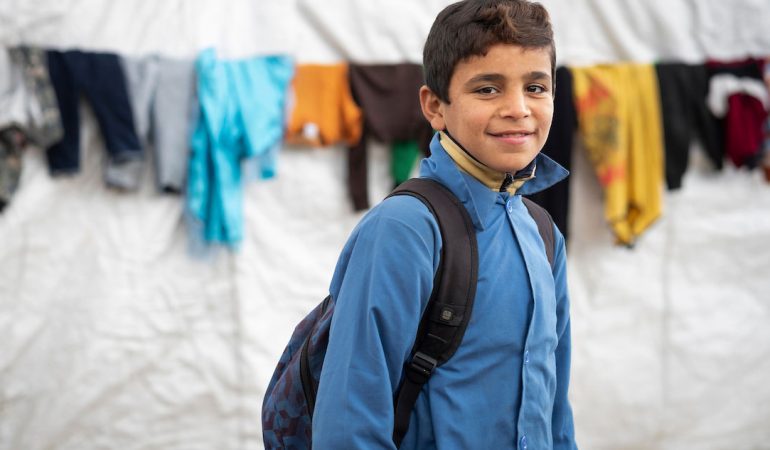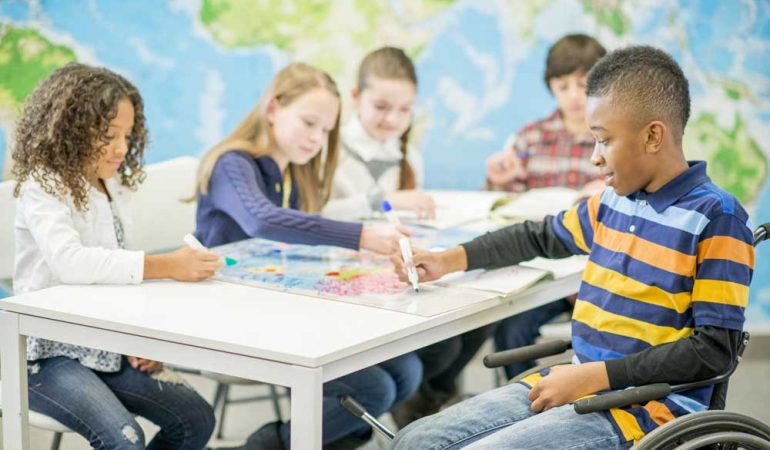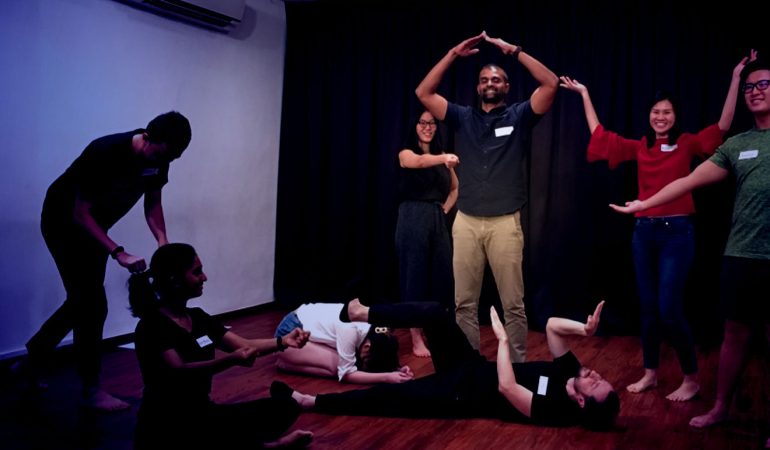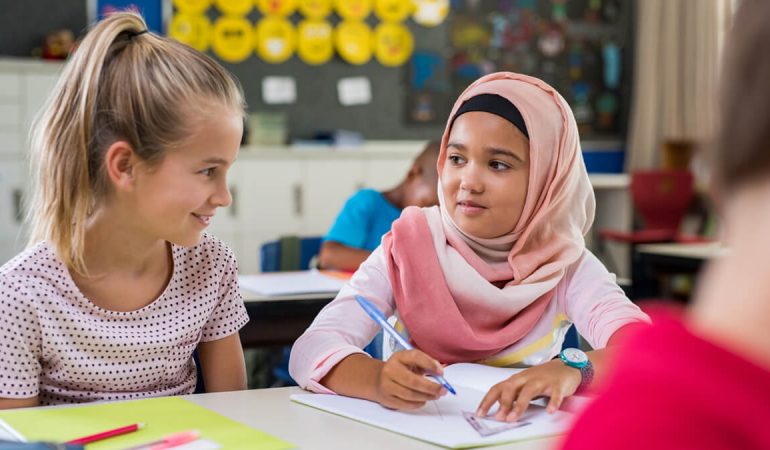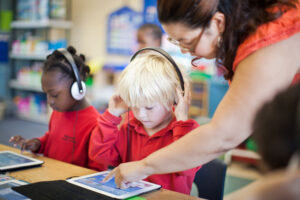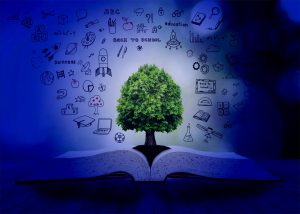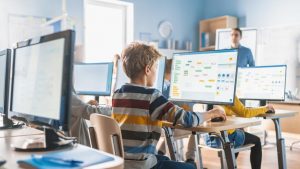Education is a field in which skills, attitudes and values in social life are acquired.
Today, it is expected from the teacher to direct the education process, to create a step for education and to place the student at the center of education. Teachers are not seen as the absolute authority in the learning environment, they ensure that the student acquires relevant information efficiently.
The teacher is also considered as a supportive guide for individuals who discover, learn and make sense.
Teachers are expected to see the differences between their students, create enriched learning environments for them, and support the educational process with relevant materials. A learning environment where students can express themselves freely and show their presence in the learning process is important. For this reason, it will be insufficient to use only traditional methods such as the narration method or the method of asking questions and getting answers.
The drama method forms the basis of the “live and learn” method. Drama is the imitation of a purpose or idea about the lives of a group and animals using improvisation or animation techniques. Drama is to enliven an experience, an event, an idea. Sometimes in the process of individually “playing” the meaning of a concept or behavior, group work is done using improvisation, role playing, theater or drama techniques. According to another understanding, drama is an approach that will enable individuals to become individuals as an educational method, a creative field of education and a discipline.
This course will enable students to use drama as a learning tool to improve their creativity and social skills.




